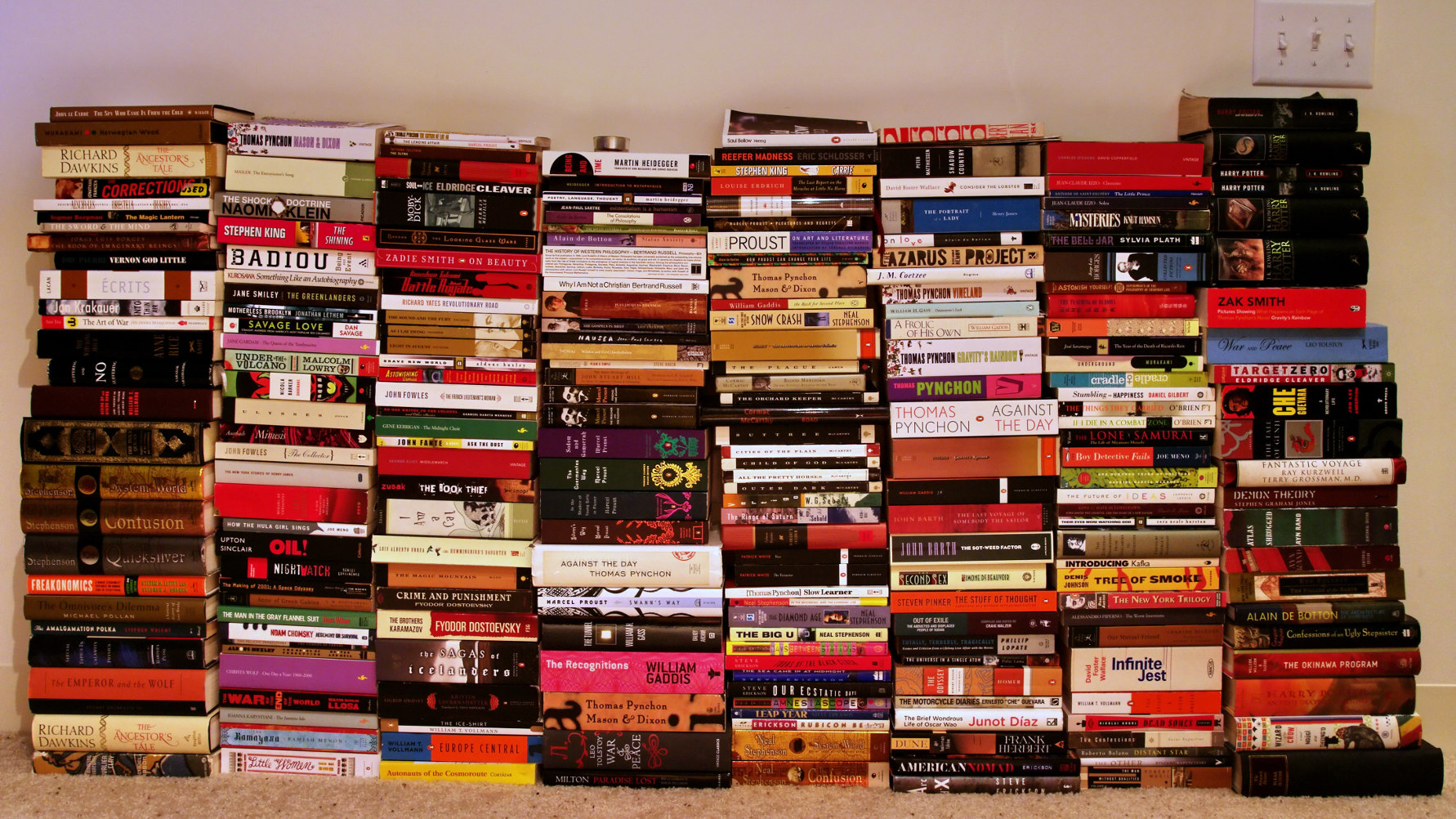Culture & Religion
All Stories
Only 40 percent of full-time working adults in the United States have a will. That’s not promising for those folks’ loved ones who would be tasked with dividing up their possessions if something awful happens.
OK, smartphone user (yes, we know that most of you, at this very moment, are now peering down onto a rectangular screen), have you ever wasted time on your phone? Of […]
Denmark fell seven places on the OECD Better Life Index of overall life satisfaction; plummeting oil prices have made Norwegians jumpy; and Sweden is coping with increased racial polarization.
Rich or poor, we all make unethical decisions. However, a recent study has found that different socioeconomic classes will make these choices for different reasons.
On February 8, 1915, at Clune’s Auditorium in Los Angeles, California, D. W. Griffith’s Birth of a Nation premiered. The fledgling art form of film would never be the same, especially in America, which even half a century after the end of the Civil War struggled to come to terms with race. Now, a century after Birth of a Nation’s premier, America still struggles not only with race, but also with how race plays out on the silver screen. For good and ill, Birth of a Nation marks the beginning of the first 100 years of the American Cinema—epically beautiful, yet often racially ugly.
It may sound crazy, but a lot of the skills and values necessary to launch a successful startup are similar to those that embody punk rock.
I won’t make you wait: the answer is no. But Article IV, section 2 of the Constitution, which spells that out, is apparently no obstacle for Roy Moore, the Chief […]
A new study—the largest and most comprehensive of its kind—has thrown doubt on the theory that the mind’s subconscious helps work out difficult problems.
Discover the Secrets of Happy Families, with Bruce Feiler Author Bruce Feiler lists the three major family shifts of the past generation: shifting definitions, working women, and a more intent […]
Despite the booming use of Internet porn and conversations skeptical of sexual norms pervading popular culture, physical sexuality remains restricted to private life.
Why is a psychologist claiming “patent rights” for a basic psychological technique that he did not invent and does not own the patent for?
Kip Tindell, featured today on the Big Think homepage, is CEO of the Container Store. He’s also an evangelist for integrity-based sales and brand-building through sales rather than marketing.
America’s most meritocratic institutions—schools, universities, and the workplace—are becoming places where inheritance thrives rather than individuals with talent.
The ubiquitous salt truck of winter, which helps spread a collective fifteen million tons of salt each season, is becoming an hefty bill to pay.
The makers of Oculus unveiled a new project concerned with exploring the burgeoning realm of VR cinema.
Is it too complicated to squeeze helping others into your schedule? Be guilty no more. “Now, there is an app for that,” jokes Hans Jørgen Wiberg in his TEDxCopenhagen talk, […]
A new group unaffiliated with the Girl Scouts of America empowers young girls to advocate against racial inequality.
The Foundation’s big bet: “the lives of people in poor countries will improve faster in the next 15 years than at any other time in history. And their lives will improve more than anyone else’s.”
Sports physiologist Dr. Allen Lim and expert chef Biju Thomas first joined forces at the 2008 Tour de France in an attempt to wean athletes off processed energy bars.
A new nationwide competition for young entrepreneurs may be in the planning stages thanks to a recent meeting between technology heavyweights and concerned academics.
While advanced math and Shakespeare combine to make a nightmare curriculum for some students, for artist Man Ray, one of the most intriguing minds of 20th century art, they were “such stuff as dreams are made on,” or at least art could be made from. A new exhibition at The Phillips Collection reunites the objects and photographs with the suite of paintings they inspired Man Ray to create and title Shakespearean Equations. Man Ray—Human Equations: A Journey from Mathematics to Shakespeare traces the artist’s travels between disciplines, between war-torn continents, and between media that became not only a journey from arithmetic to the Bard, but also a journey of artistic self-discovery.
The hands of the iconic “Doomsday Clock” have been moved to read 3 minutes from midnight or doomsday. The last time the world was 3 minutes to midnight was during the Cold War in 1984.
Avoiding self-reflection can be a helpful strategy for delivering a composed and powerful speech, say researchers who examined how confident people prepare themselves to speak before an audience.
Yesterday Facebook updated the News Feed to attempt to prevent the spread of hoax news stories. What will the fallout look like?
Using Experimental Philosophy to Shift Perspective, with Jonathon Keats Jonathon Keats introduces his workshop by listing the following five rules for looking at the world like an experimental philosopher: 1. […]
As our histories and memories move more and more into the digital space, we’re at the mercy of the cloud to maintain our history. So, what happens when the internet gets it wrong and re-works a piece of literature?
Healthy lifestyle changes are best done with a partner. For couples, a recent study has found that when one half of an unhealthy pair starts to make a change for the better, the other half was more likely to follow.
Connecting Austria, Germany and Denmark, Autobahn A7 is the longest motorway in Germany and one of the most important North-South links between Scandinavia and central Europe. When it was constructed, […]
The “Kindness Diaries” author recounts an inspirational story of generosity that changed his life.
Twins born in America have hit a record high: Out of 1,000 births, 33.7 are twins. CDC officials believe this trend has something to do with the increasing number of fertility treatments, as women are choosing to have children later in life.



























